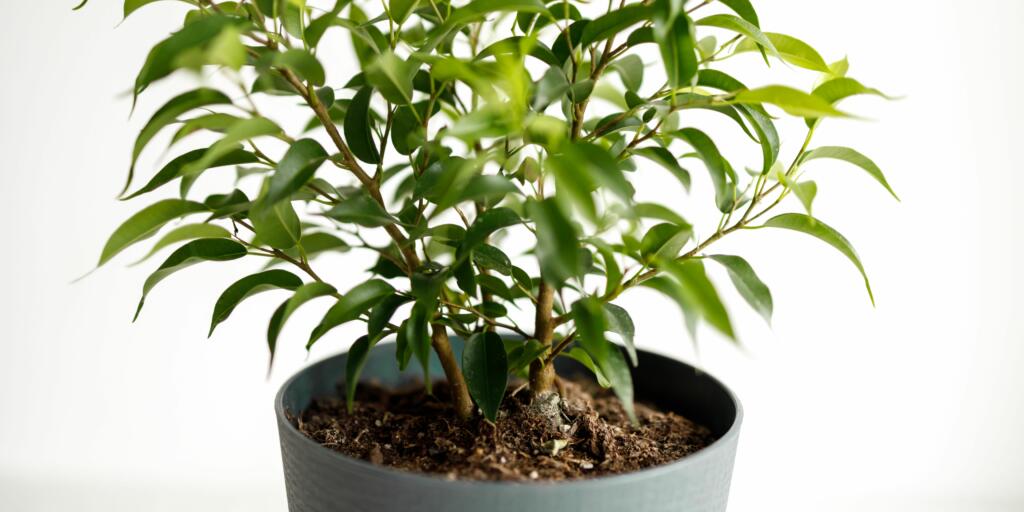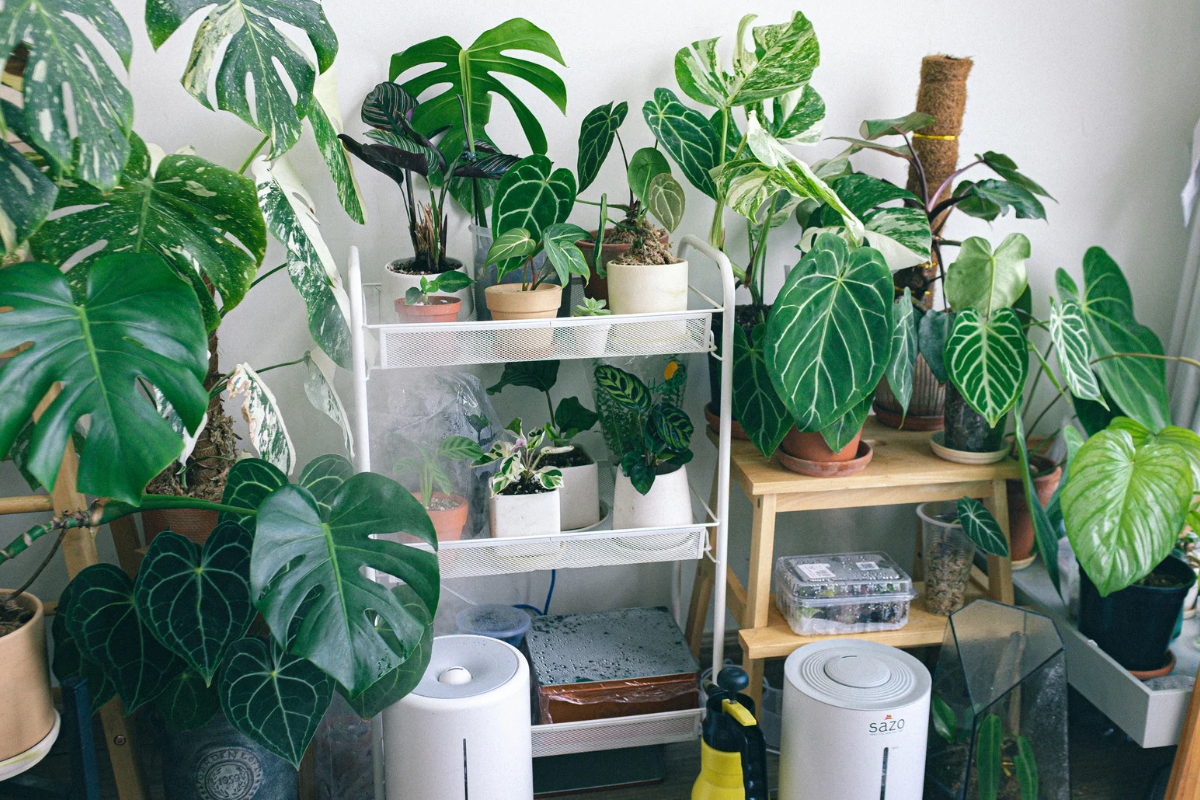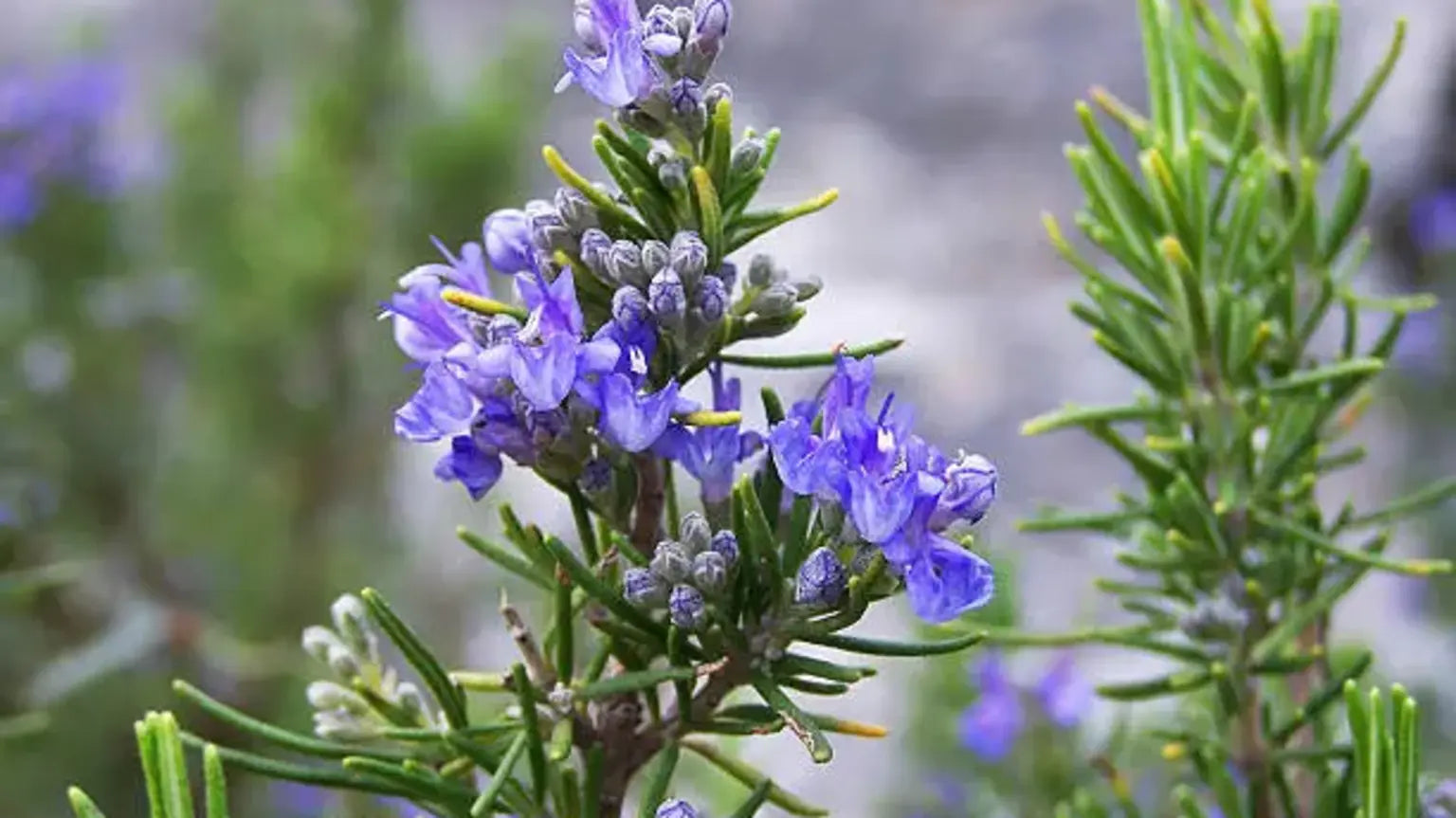
Indoor Plants for Oxygen: Top 10 NASA Recommended Plants to Improve Air Quality
Clean air is a necessity, yet pollution makes it hard to find. While air purifiers are an option, they can be expensive. Instead, indoor plants offer a natural, budget-friendly way to improve air quality. Here are the top NASA-recommended plants for purifying your home environment.
The right to clean air is a fundamental right. Yet we rarely ever get to breathe clean air, especially in cities. Now, buying an air purifier to clean our ambient air seems like the only wise option. But air purifiers are expensive. So, what does one do? Invest in houseplants. Not only do they Jazz up your home but clean the toxins from the air simultaneously. That’s a win-win situation too. Isn’t it?
Read on to learn about 10 such amazing air-purifying houseplants (that NASA recommends), how to care for them, and where to place them in your home.
1. Money Plant
Money plants are among the greatest indoor plants for cleaning the air, making them an excellent choice. One of the most popular home plants in India is the money plant. It is thought to bring success and fortune into our house. It looks nice either way, so you can grow it as a hanging plant or a climber. Additionally, it is a beneficial plant for air purification that, when growing nearby, aids in eliminating contaminants from the air.
The Money Plant, highlighted by NASA, is well known for its capacity to eliminate chemicals and other air pollutants, including benzene, formaldehyde, xylene, and toluene.
If your workspace just has a little window, don’t panic; it also does well in indirect light.
2. Spider Plant
Spider plants are an excellent option for purifying the air in your kids’ playroom because they are non-toxic to people (and dogs and cats, too).
Spider plants are excellent at removing xylene from the air and can even aid in lowering the harmful chemical carbon monoxide. Once a week is generally right for watering your spider plant, and don’t worry if you overwater it because they are usually pretty thirsty!
Formaldehyde, xylene, and toluene may all be removed by a spider plant. The hardy spider plant is a great option for those of you who are new to growing houseplants.
3. Snake Plant
The Snake Plant, which is amusingly called Mother-In-Law’s tongue functions best at night.
While you sleep, it works to eliminate toxins and create oxygen, making you feel much more rested and prepared to take on the day when you awaken.
Don’t overwater it; snake plants don’t tolerate excessive moisture well and are susceptible to rot.
4. Gerbera Plant
These plants, which have green leaves and red blossoms and can easily fit into any upscale bedroom, are also quite good at constantly cleansing the air. At night, gerbera daisies continue to generate a lot of oxygen and purge the air of benzene, trichloroethylene, and other pollutants.
Place your Gerbera plant near a window in the spring, summer, or fall so it may enjoy the strong light. It prefers to recharge in indirect light throughout the winter. About once a week, water your Gerbera and make sure the soil is maintained wet.
5. Lady Palm
The Lady Palm makes a great bathroom plant, according to NASA. You undoubtedly use cleaning products that contain ammonia in your bathroom, and keeping this plant can help eliminate the toxic gas from the air.
There’s no need to fear if you enjoy taking lengthy, steamy showers because this plant also enjoys humidity. However, keep in mind that if your lady palm is in the bathroom, the natural moisture will provide it with some hydration, so you won’t need to water it as frequently.
6. Chrysanthemum Plant
While houseplants are fantastic, there’s nothing like a gorgeous arrangement of flowers to make your home seem cheerier!
Try some vibrant Chrysanthemums if you’re seeking flowers with all the advantages we’ve listed above.
These lovely blossoms, which come in orange, yellow, red, and pink hues, can cheer up even the darkest of days. Chrysanthemums function to remove ammonia and benzene from the air, providing you with clean, fresh air to breathe.
7. Weeping Fig
A little but gorgeous plant with full, thick, and glossy leaves is the weeping fig, commonly known as the Ficus tree. The weeping fig can raise oxygen levels, according to a study. Additionally, it can filter out harmful VOCs including formaldehyde, benzene, and trichloroethylene.
8. Aloe Vera
The advantages of aloe vera are widely established. On the other hand, many people might not be familiar with its air-cleaning and oxygen-increasing qualities. The ability of the aloe vera plant to remove airborne pollutants like benzene and aldehydes is well known. It differs from other plants in that it also releases oxygen at night, which makes it a great choice for beds and other small places.
9. Peace Lily
White blossoms are unique and distinctive on peace lilies. They are a sign of prosperity, charm, and good fortune. They need little maintenance and are a wonderful way to increase indoor oxygen levels. In addition to being attractive, peace lilies may help your house by providing clean, oxygen-rich air. Peace lilies are very good at eliminating airborne impurities. Peace lilies are effective in removing benzene and trichloroethylene, according to NASA tests. These two pollutants are commonplace in both residences and workplaces.
10. Areca Palm
The Areca Palm is not only a highly attractive plant, but it also produces a lot of oxygen and eliminates many of the poisons that NASA studied. The Areca Palm is organically designed to absorb carbon dioxide and release oxygen, much like all other plants. What distinguishes the Areca Palm? However, is its capacity to eliminate harmful toxins like formaldehyde, xylene, and toluene from the environment it is placed in.
Conclusion
For plant maintenance, each person needs four shoulder-high plants, and we must clean the leaves daily in Delhi, and maybe once every week in cities with cleaner air. It must be fertilized around every two weeks and watered every two to three days. The Areca Palm does best in filtered light and requires frequent watering. They needed to be grown in vermin dung which uses hydroponics or is sterile, and taken outside every three to four months
In today’s world, it’s getting harder and harder to rely on the great outdoors for a breath of fresh air. If you find yourself unable to leave the house, there’s no reason why you shouldn’t enjoy some good oxygen from Mother Nature.
Here are some other blogs which make your Green Space more Greener!
- Gardening Calendar Blogs
- Sustainable Gifting Ideas
- Gardener Stories
- Garden Care Blogs
- Miniature Garden Decor
- Gardening Workshops
Have a look at some amazing Videos on Gardening that might help you!
- Tips on planting homegrown plants and creating art with them as a beginner.
- How to preserve, plant, and grow flower seeds in monsoon, winter, and other seasons.
- Growing different vegetables, winter vegetables especially, and tips and tricks to preserve.
- Preserving fruits such as strawberries, Papaya, watermelon, muskmelon, etc.
- Know all about microgreens using examples such as microgreen spinach, microgreen sunflower, microgreen mustard, microgreen flax, etc.
- Using gardening tools such as pots, trays, growing bags, moss sticks, watering cans, etc.
Here are some Workshops that might help you if you are new to Gardening!
- Convert your small space into a green jungle.
- How to upcycle DIY’s for home decor
- Watch our workshop on using biochemical enzymes instead of chemicals in gardening.
- Workshop on stepping towards sustainability.
Happy Gardening!
- Want to know more? Do follow us on Instagram to stay updated on the latest gardening trends.
- Watch the video and get the complete gardening guide about Indoor Plants
https://youtube.com/watch?v=0DyQfLx-h10%3Fsi%3DrRl26CHMnyRaNALI
- Sale!

 Quick View
Quick View
Dwarf Fiddle Leaf Fig Plant Sapling (1pc)
Plants
Rated 4.89 out of 5
Original price was: ₹99.₹79Current price is: ₹79.
Add to cart - Sale!

 Quick View
Quick View
Spider Plant Sapling (1pc)
Plants
Rated 4.88 out of 5
Original price was: ₹149.₹79Current price is: ₹79.
Add to cart -
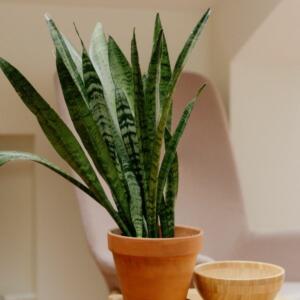
 Quick View
Quick View
Snake Plant Sapling (1pc)
Plants
Rated 4.94 out of 5
₹109
Add to cart -

 Quick View
Quick View
Peace Lily Plant Sapling (1pc)
Plants
Rated 4.84 out of 5
₹79
Add to cart -
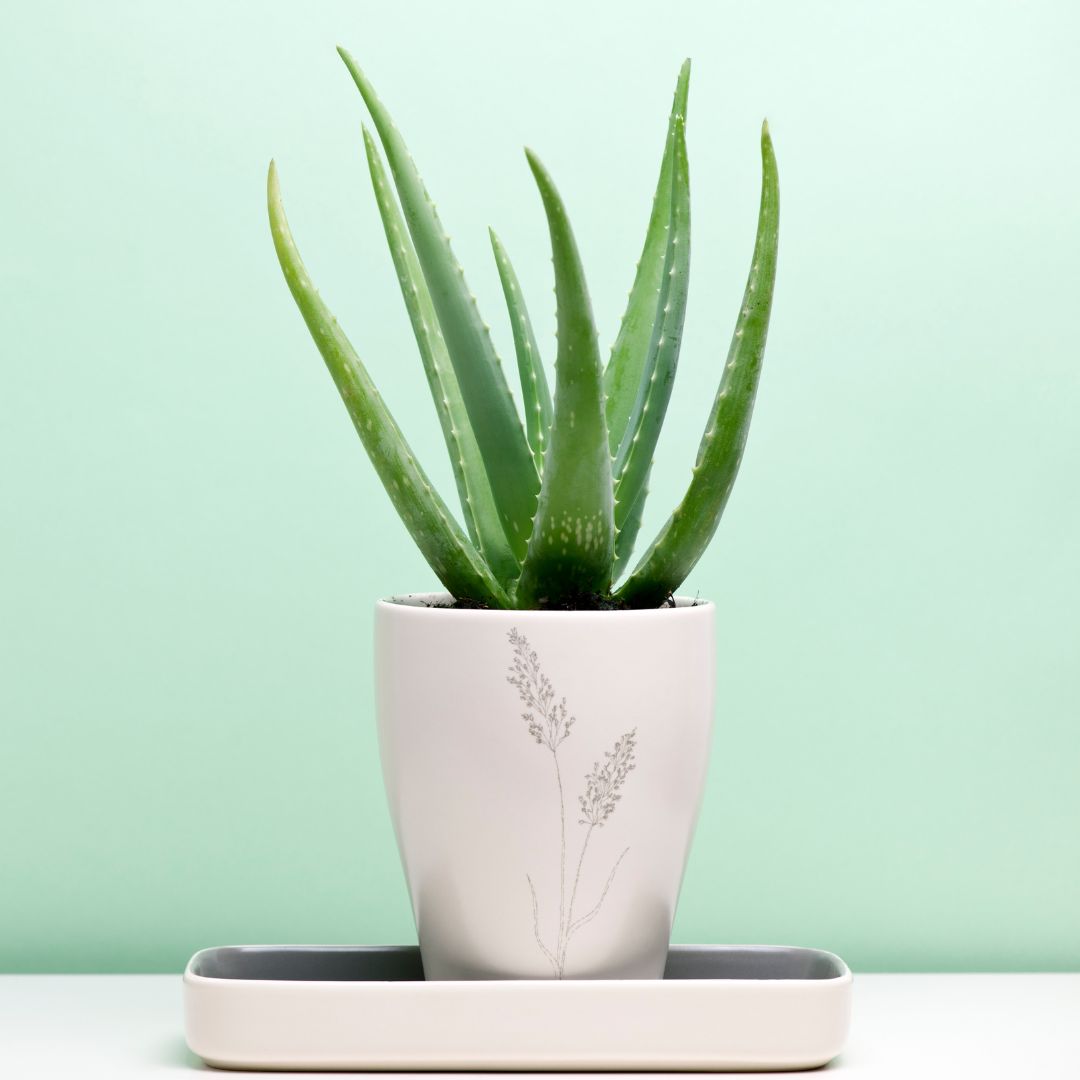
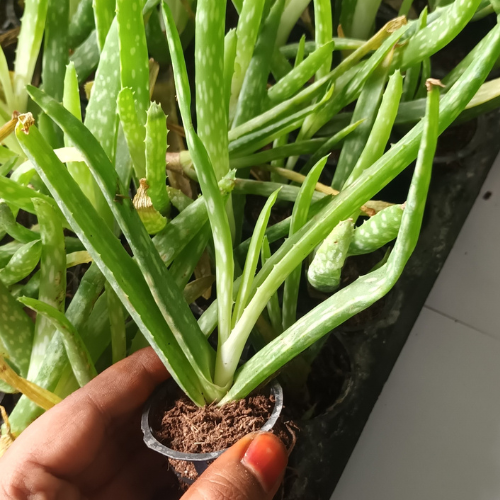 Quick View
Quick View
Aloe Vera Plant Sapling (1pc)
Plants
Rated 4.80 out of 5
₹89
Add to cart -

 Quick View
Quick View
Areca Palm Saplings (3pcs)
Plants
Rated 4.77 out of 5
₹129
Add to cart







